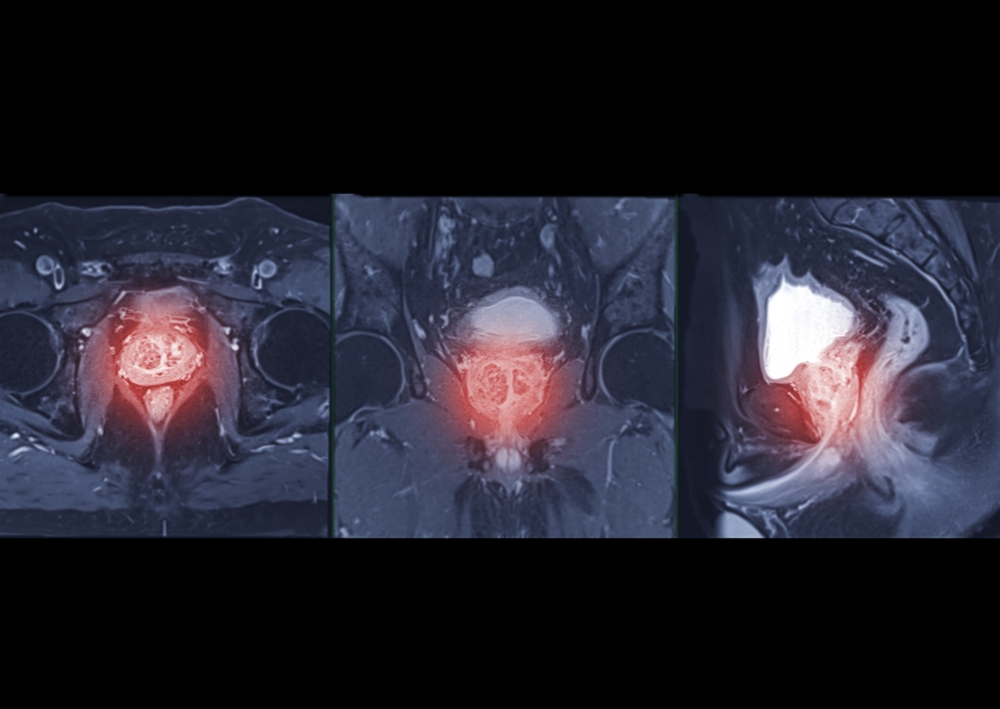The role of digital nurses in transforming healthcare

Judy Sealey, Clinical Solutions Specialist at Altera Digital and former nurse, health discusses the evolving role of digital nurses in health and care and explores why their roles are so important.
Digital nurses are registered nurses who already have a wealth of clinical experience and have developed expertise in using digital technologies to improve patient care. They bridge the gap between traditional nursing practices and the modern digital healthcare landscape, ensuring technology is effectively integrated into clinical workflows to standardise and streamline processes to improve patient safety and enhance their healthcare journey.
How and why did you make the transition into digital nursing?
Judy Sealey: I have worked in the NHS for over 15 years mostly in emergency department (ED) and critical care (ICU) nursing, I have also dabbled a bit in specialist fields like infection control, tissue viability and cardiology as I searched for my true passion. At one time, nursing education was where I thought my passion lay, however, it was while I was a clinical educator in an ICU that was using an electronic patient record (EPR) that my passion for digital healthcare technology blossomed. I started off by making suggestions for optimisations, becoming more involved in refining some of the workflows and ensuring that staff were adequately trained and comfortable using the system. This led me to a variety of other opportunities and experiences.
For the last thirteen or so years I have taken on several roles within this space. My greatest passion and desire is continuous improvement to healthcare delivery and the huge role digital systems plays in this. I know firsthand the challenges of excessive repetitive documentation, time wasted searching for patient paper records, inefficient and clunky digital tools and workflows. I leverage my nursing expertise and wealth of digital skills to advocate for more user-friendly designs, less complex workflows that will enhance patient care and reduce clinicians’ burden and burnout.
How do digital nurses affect patient care and outcomes?
JS: Nurses are the largest workforce in health and care and are therefore the primary users of digital systems. Digital nurses bring a unique skill set to the table. They leverage their clinical knowledge and expertise to enhance digital tools like EPRs, mobile health apps and telehealth platforms. By doing so, they ensure the system is user-friendly, practical, efficient and safe. For example, at Bolton NHS Foundation Trust, collaboration between digital and clinical teams has significantly improved patient safety through better EPR configuration and optimisations.
It sounds like collaboration is key. Can you talk a bit more about what happens when there’s a disconnect between clinical and digital teams?
JS: Unfortunately, that disconnect can often be traced to a lack of clinical input in the design and development of digital tools. Without clinical input, digital solutions may lack the context needed to be truly effective, which can disrupt workflows and compromise patient safety. That’s why digital nurses are essential – their input at every stage of the project ensures collaboration and bridges this gap, ensuring the creation of a system that enhances patient care and patient safety while improving efficiency.
How can healthcare systems better support digital nurses and foster collaboration?
JS: To truly support digital transformation, we need to invest in the digital nursing profession to ensure nurses have the necessary training, skills and dedicated time to be successful in this very important role. Digital nurses should be involved in all patient-facing digital projects, from planning, testing, training to delivery and optimisation. Nurses, being on the frontline, are uniquely positioned to identify service gaps and act on opportunities to make impactful changes.
NHS England’s National Chief Nursing Information Officer (CNIO) advocates for CNIOs in every NHS organisation. What’s your take on this?
JS: That’s a fantastic initiative. CNIOs are essential for every hospital because they play a vital role in ensuring the nursing perspective is represented in all aspects of digital health and care transformation. It underscores the importance of nursing leadership in driving the digital agenda and aligns with the goal of embedding digital nurses in all areas of care delivery. Crucially, the CNIO bridges that gap between clinical and digital teams, translating nursing needs into technical requirements and ensuring technology truly meets the needs of supporting patient care.
Looking ahead, what role do you see digital nurses playing in the future of health and care?
JS: As health and care continues to evolve, digital nurses will play a central role in driving the change in successfully navigating the future of digital healthcare. They will become more involved in the entire process, from selecting the most suitable digital solutions, to designing, implementing, testing, training and, indeed, optimising them. From EPR rollouts to telehealth projects and beyond, they’ll be key in ensuring that digital transformation truly meets the needs of frontline staff and continuously improves patient outcomes. Their involvement will drive innovation, improve patient safety and create efficiencies across the board.
Do you have any final thoughts for organisations looking to embrace the digital nursing profession?
JS: Yes, invest in your nursing workforce and be sure nursing curriculums include some aspect of digital training. Involve digital nurses in all patient-facing projects and make collaboration between clinical and digital teams a priority.
Without this, organisations risk digital transformations that compromise patient safety, hinder rather than support care and increase nurses’ workloads, which can contribute to burnout. An approach that embraces the involvement of digital nurses will drive effective inter-organisational collaboration that will help unlock the full potential of digital transformation and ensure it delivers real value to patients and staff alike.

Don’t miss exclusive insights from health and care leaders, including news about the latest policy reports and events from Public Policy Projects – sign up to our monthly newsletters here.









